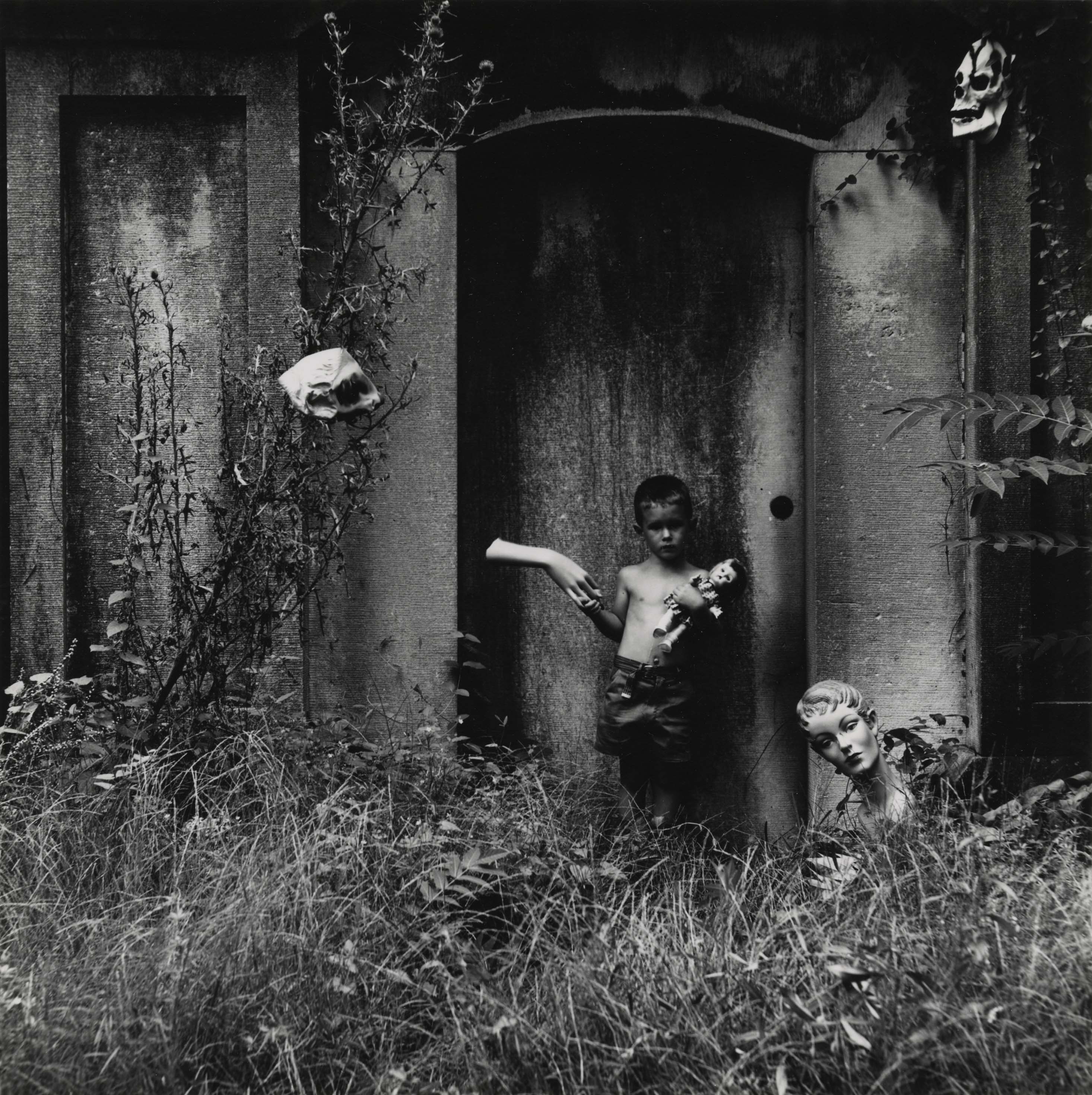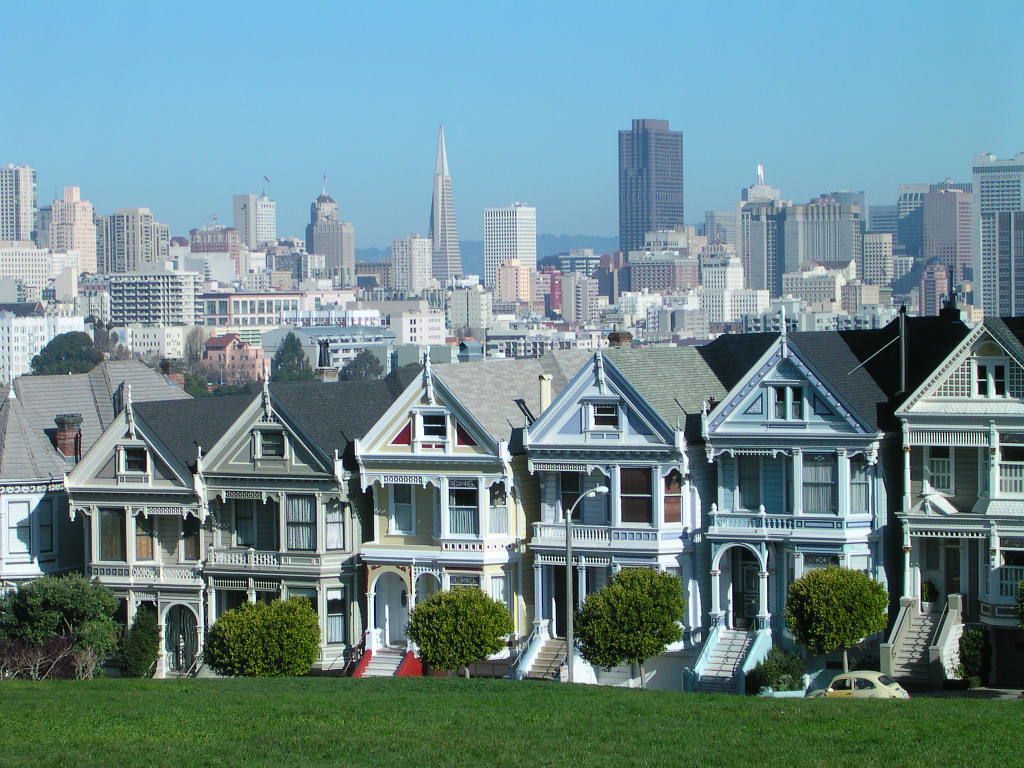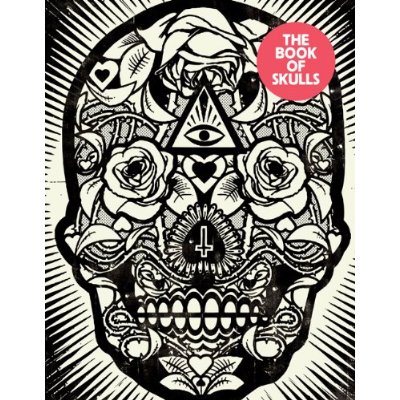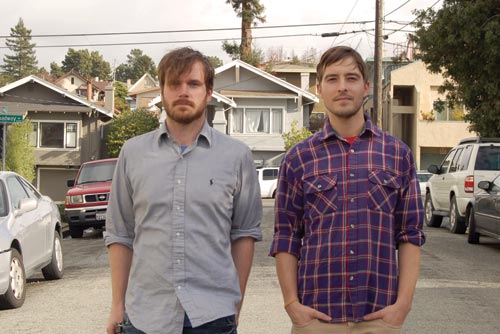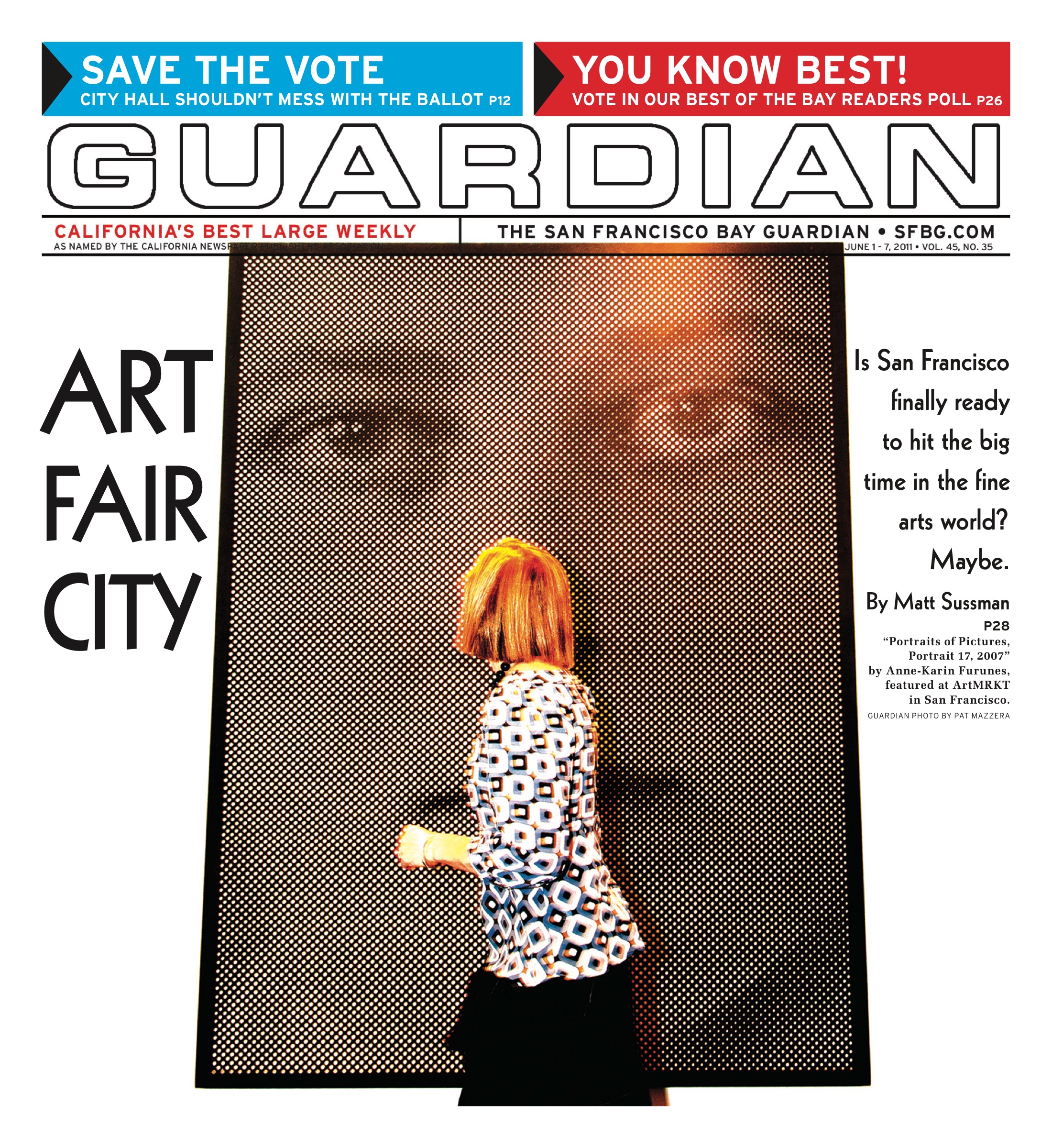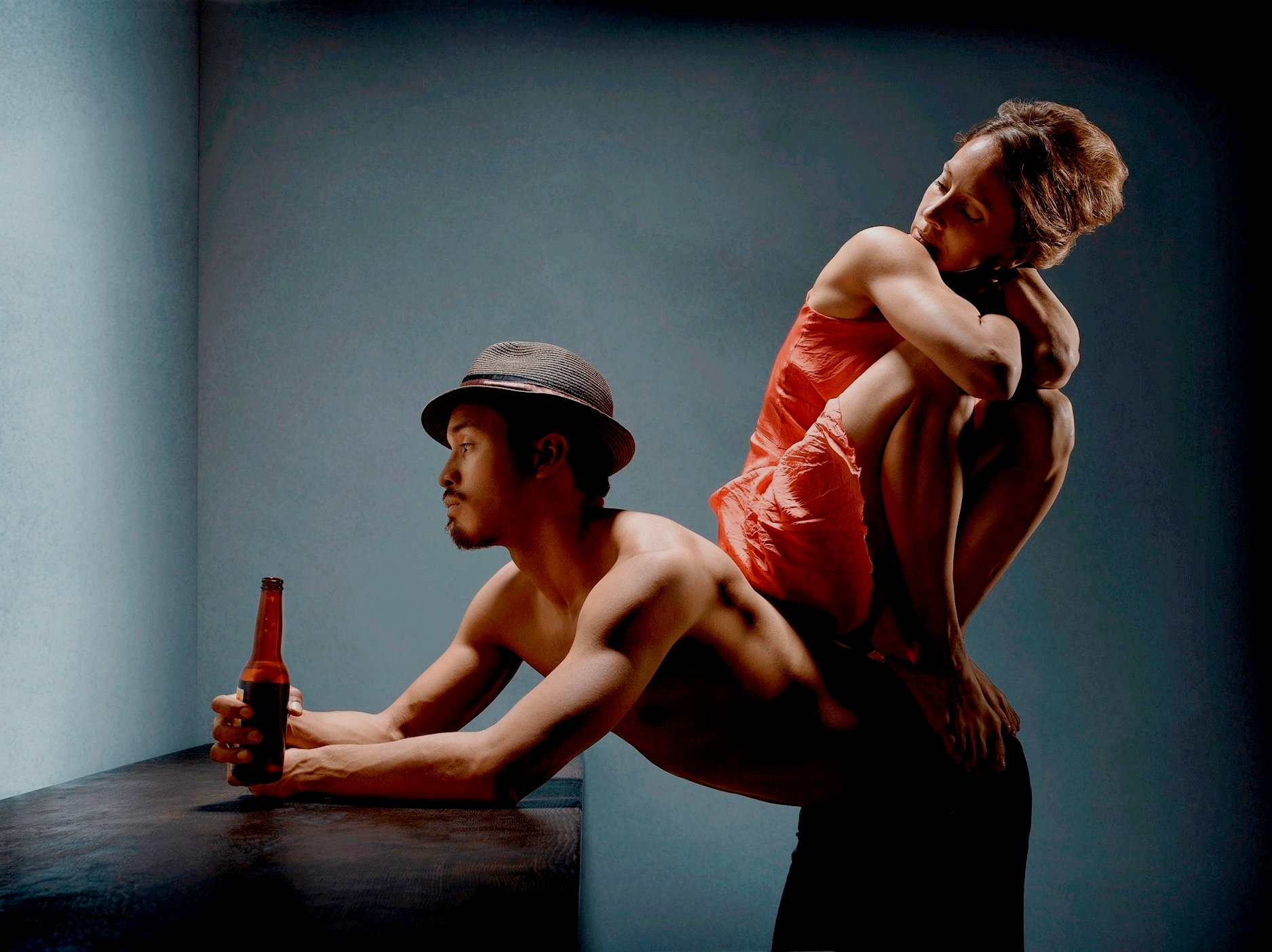Kevin Clarke is riffling through drawers, tossing around their various contents and muttering to himself, “I can’t believe I can’t find the lingerie.”
On every surface of his Richmond home, which doubles as his studio, the instruments of his trade are scattered: pins, needles, razorblades and film. But this isn’t some sort of dungeon, and Clarke’s job isn’t to indulge clients’ fetishistic fantasies. His trade is insect art, and the lingerie is for his beetles.
Clarke is a trained conservation biologist who now spends his days boiling butterflies and spreading insect wings, creating whimsical dioramas and gorgeous butterfly wing necklaces he bills as “museum quality insect art.” This year marks the first that his company, Bug Under Glass, has been his sole source of income, but Clarke’s fascination with all things creepy-crawly started long ago.
“I grew up in Massachusetts, where I was fortunate enough to have a huge tract of land behind my house,” he says. “I explored, played with dirt, and got to know insects really well.”
A generation later, Clarke – who is expecting a wee one of his own with wife, Jen – worries that children today won’t have access to anything like the natural world he experienced as a youngster. Urban and suburban areas in the United States are undergoing a process of fragmentation, he explains, that leaves mere pockets of green space too small to support native species.
“Most people driving by don’t even realize it,” he says. Which is the reason he’s given up flirtations with dentistry and psychology – and a bona fide job in financial analysis – in order to educate through beautiful and humorous entomological displays.
Though he draws the connection between finance and ecology – studying patterns in order to make predictions – Clarke simply wasn’t meant to wear a suit and sit behind a desk. In 2002, when a friend informed him that the California Academy of Sciences needed help preparing and cataloguing insects for a terrestrial arthropod inventory of Madagascar, Clarke began pinning bug parts for free. Six months later, anticipating an opportunity to work in South Africa for famed ant scientist Brian Fisher, Clarke quit his finance job cold in order to train.
Clarke says he was a “geeky, eager kid who was always pestering (Fisher) for a job” – a description Fisher agrees with wholeheartedly, adding that “people studying insects tend to feel free to be more themselves.”
Indeed, it was after working for Fisher that Clarke returned to his hometown of Medfield, Mass., moving in with his parents at age 30 in order to pursue graduate studies in conservation biology. There, he saw his former backyard playground taken over by housing developments, his town “consumed by urbanization.” Suddenly, habitat preservation became a real, tangible issue.
So how did the formally trained conservation biologist end up gluing farm-raised beetles to bicycles for a living? The seed was planted at the California Academy of Sciences, where Clarke worked in a room amidst 14 million specimens.
“I was blown away by the diversity of insects, yet I was disappointed that these beautiful insects were in an area of the museum that people don’t ever see.”
Clarke’s art is his response to the growing alienation of people from their natural world. He is a purveyor of formally matted butterflies, artful displays of insects foiled by paper ephemera, and – to the delight of the young and young-at-heart – beetles humorously inserted into an array of human landscapes.
“It’s a great way to have a product that is educational, conservation-minded, and reminds people of a world they can’t necessarily always see,” Clarke says.
Clarke notes that the anthropomorphized insects – beetles playing the saxophone or sitting on the toilet reading a newspaper – are a particularly good way to draw in audiences with an insect aversion. “The same people who look at spiders in my traditional displays – the ones whose reactions are ‘ick, argh, eww’ – will get up real close,” he says. “It brings the natural world a little closer in a weird, distorted way.”
Clarke started building his displays as gifts for friends, but says “I’d always had this dream of making bugs my business.” Today that business supports his family, but also supports butterfly farmers – and conservation efforts – across the world.
According to Kristin Natoli, a California Academy of Sciences biologist who supervises the importation of farmed butterfly chrysalises for the museum’s live exhibits, butterfly farming provides an important form of economic activity that doesn’t rely on destroying ecosystems, as agriculture or logging might. Instead, it ensures that rainforest areas from Costa Rica to Thialand, Indonesia to Africa are preserved, because butterfly farmers must collect wild larvae to breed, and plant native habitat on their property to raise their captive population.
Clarke adds that butterfly farming is supported by the UN Wildlife Fund and The Nature Conservancy. “It’s a way to help impoverished people around rainforest areas that isn’t destructive,” he says.
Clarke has personally visited many of the farms from which he purchases his insects, and unlike butterfly observatories, Clarke’s shadowbox displays make use of animals that have lived out their full lifecycles and died naturally. They also provide a product that people can take home, sit on their shelf, and experience forever.
For Clarke, who once worked as a stager for Pottery Barn making “life-size dioramas,” gluing arthropods onto park benches seemed like a natural next step. Fascinated by miniatures since childhood, he grew up with a huge train set in his basement and a family of hermit crabs who were treated to a constant stream of newly-renovated Lego architecture.
“It took me over a year to figure out how exactly to get them to stay on there,” he says, describing the day he finally conquered the difficulty of manipulating the bugs, which must be soaked, softened and pinned in place in a multi-step process. “I had just broken up with I girlfriend. I was drinking. It was euphoric.”
And the type of glue he uses?
“It’s a trade secret. I can’t tell you,” he grins. “But I’ll give you a hint: I use three kinds.”
Clarke hopes that his epiphany will ultimately help children relate to insects with less apprehension and more curiosity.
“Fear of insects is a learned behavior,” he says. “When I see kids at my craft shows, they always want to come right up to the displays. Their parents are afraid.”
Clarke notes that insects account for 80 percent of all animals. Of nearly one million known insect species, less than one percent have been evaluated. With some sources estimating that several thousand species go extinct each year, Clarke understands the importance of turning around our “nuisance” mentality toward insects.
“We’re stung by a bee or see ants in our kitchens, so our conception of insects is negative. We forget about the great things: ants spread 30 percent of all plant seeds and aerate more soil than earthworms … we learn things from insects, and they provide one in three free ecosystem services – things like pollination, that amount to billions, trillions of dollars annually.”
But “in general, scientists are horrible communicators,” Clarke says. He argues that showcasing insects in terms of their beauty, wonder, and �– yes – humor can help bring the whole issue a little closer to home.
“Because,” he says, paraphrasing author E.O. Wilson’s view on environmental destruction, “when it happens in your own backyard, you’ll care.”
You can shop Kevin’s creepy-crawlies online at www.bugunderglass.com

